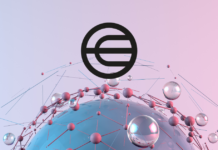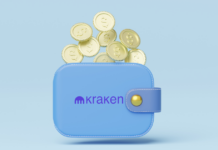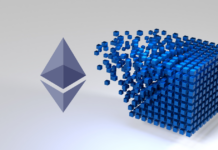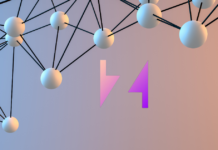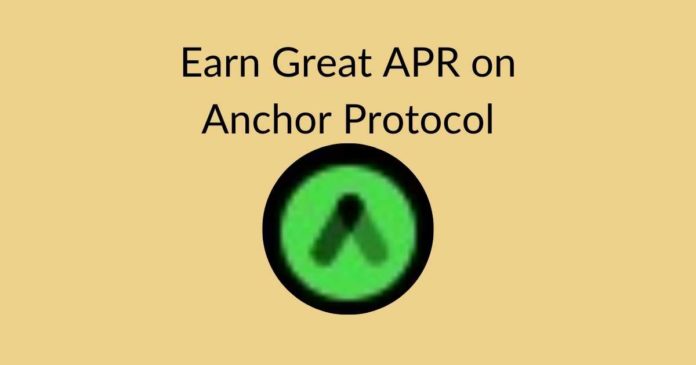Decentralized Finance (DeFi) is currently one of the most innovative aspects of the blockchain and crypto space. In recent times, we have also seen a growing interest in decentralized saving, lending, and borrowing protocols. One of these DeFi protocols is Anchor.
Anchor Protocol is a decentralized saving protocol built on the Terra blockchain. The protocol is renowned for its fast withdrawals and its high-interest rates. Notably, its Anchor Earn interest rate currently stands at 19.5%.
This article covers important details about Anchor Protocol, its Product and Services, Protocol participants, Governance, among others.
Let’s find out more about Anchor Protocol.
About Anchor
As previously stated, Anchor Protocol is an open, decentralized, and permissionless savings protocol built atop Terra blockchain. The protocol serves as a middle ground between a lender and a borrower. Lenders will earn low-volatile yields on their stablecoin deposits while borrowers will have access to stablecoin loans on stakeable assets. Borrowers have to lock up their Bonded assets (bAssets) on Anchor. These locked-up assets serve as collateral for their stablecoin loans. Stablecoin deposits on Anchor are also known as Anchor Terra (aTerra) tokens. These tokens are redeemable and also accumulate interest.
Anchor provides its stablecoin depositors with important benefits like
- instant withdrawals,
- principal protection, and
- high yield stablecoin deposits.
Major Participants on Anchor
Users of Anchor fall under one of the following categories; Depositors, Borrowers, Liquidators, and ANC liquidity providers.
- Depositors – They are also known as lenders. They lend out their stablecoins to Anchor money market and receive aTerra tokens (symbol aUST).
- Borrowers – They obtain stablecoin loans from Anchor’s money market by creating bAsset loan positions. Borrowing on Anchor, provide them with the required liquidity without having to worry about price volatility. Borrowers also receive ANC tokens as incentives.
- Liquidators – searches out and locates loans with an LTV ratio higher than the set maximum limits.
- ANC Liquidity Providers (LPs) – Their major function is to provide liquidity to the ANC/UST TerraSwap trading pair.
Anchor also requires the services of Oracle feeder. They are tasked with providing top-notch, secure, reliable, and accurate price data feed for Anchor bAssets.
As you can see there are several different types of tokens on Anchor. They include;
- TerraUSD (UST) – native stablecoin of the Terra ecosystem
- Bonded Assets (bAssets) – a Cw20 Token (a Cosmos-based fungible token). Functions as loan collateral for Anchor money market
- Anchor Terra (aTerra or aUST) – also a Cw20 Token, serves as a deposit proof for Anchor’s money market. It’s an investable and tradeable asset on its own.
- Lastly, Anchor Token (ANC) – It is also a Cw20 Token and a Governance token for Anchor.
According to DeFi Llama, Anchor is currently the number one DeFi protocol on Terra. With an estimated $7.88 billion in Total Locked Value (TVL). Interestingly approximately $1.67 billion is also currently borrowed on Anchor. Therefore, bringing its Total Asset Value to $9.52 billion. Coming next to Anchor is Lido with a TVL of $3.3 billion.
ANC and LUNA Price
At the time of writing, ANC was trading at $1.63 with a market cap of $363,762,409 and a 24-hour trading volume of $6,810,130. The token price is also down by 15.1% in the last 24 hours.
LUNA, on the other hand, currently has a market cap of $20,707,880,333 and a 24-hour trading volume of $1,175,094,571 (-3.7%), and is currently trading at $51.83.
Also, join us on Telegram to receive free trading signals.
For more cryptocurrency news, check out the Altcoin Buzz YouTube channel.


